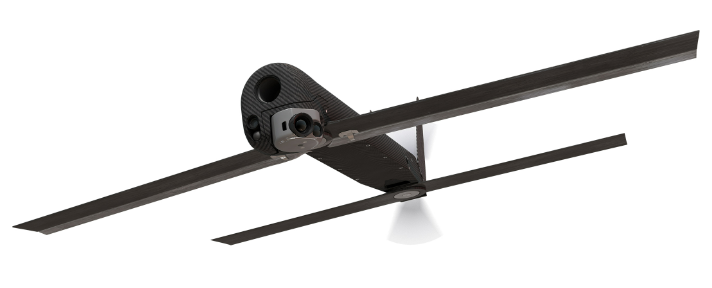What is a switchblade loitering munition? Can switchblade 600 desyroy a tank?
What is a switchblade loitering munition? Can switchblade 600 desyroy a tank?
Switchblade is a small or miniature loitering munition developed by AeroVironment. It is mostly used by the United States army and also used in the Russian – Ukrainian war. Switchblades can be carried by the army by using a backpack. Switchblade gets launched from a tube and then flies to the target where it detonates by using an explosive warhead. There are two variants of Switchblade 300 and 600.
Switchblade is used for long range targets. It has the capability of identifying, tracking and engaging the targets as well as to follow a pre-programmed line of path. Switchblade 300 is designed to destroy light armored vehicles and can also be made to retarget en-route. It is very small and does not produce noise and does not have any heat signature which makes it very difficult to identify and intercept.
Switchblade 600 is similar to 300 and it is portable and can be set up in 10 minutes. It can fly up to 40 km in 20 minutes and after that loiter for next 20 minutes giving it a maximum range of 80 km. It can strike a target at a speed of 185 km/h. Its GPS system provides situational awareness, information collection, object and target recognition. It is propelled by an electric battery and a propeller located at the back. It has a two tandem piercing warhead and can also destroy tanks with reactive armour.
So, a Switchblade 600 can destroy a tank. It has two warheads. The first one destroys the reactive armour which is meant in the tank to counteract RPG or missiles and the second warhead destroys the tank.
Since the Switchblades work on GPS for its location and navigation, it can be jammed and its operation can be disrupted. Also it has a range of only 40 km and an endurance of 20 minutes. Also for utilizing its long range capabilities of 80 km it requires two antennas to be deployed in the field for relaying command from one operator to another through data link.






